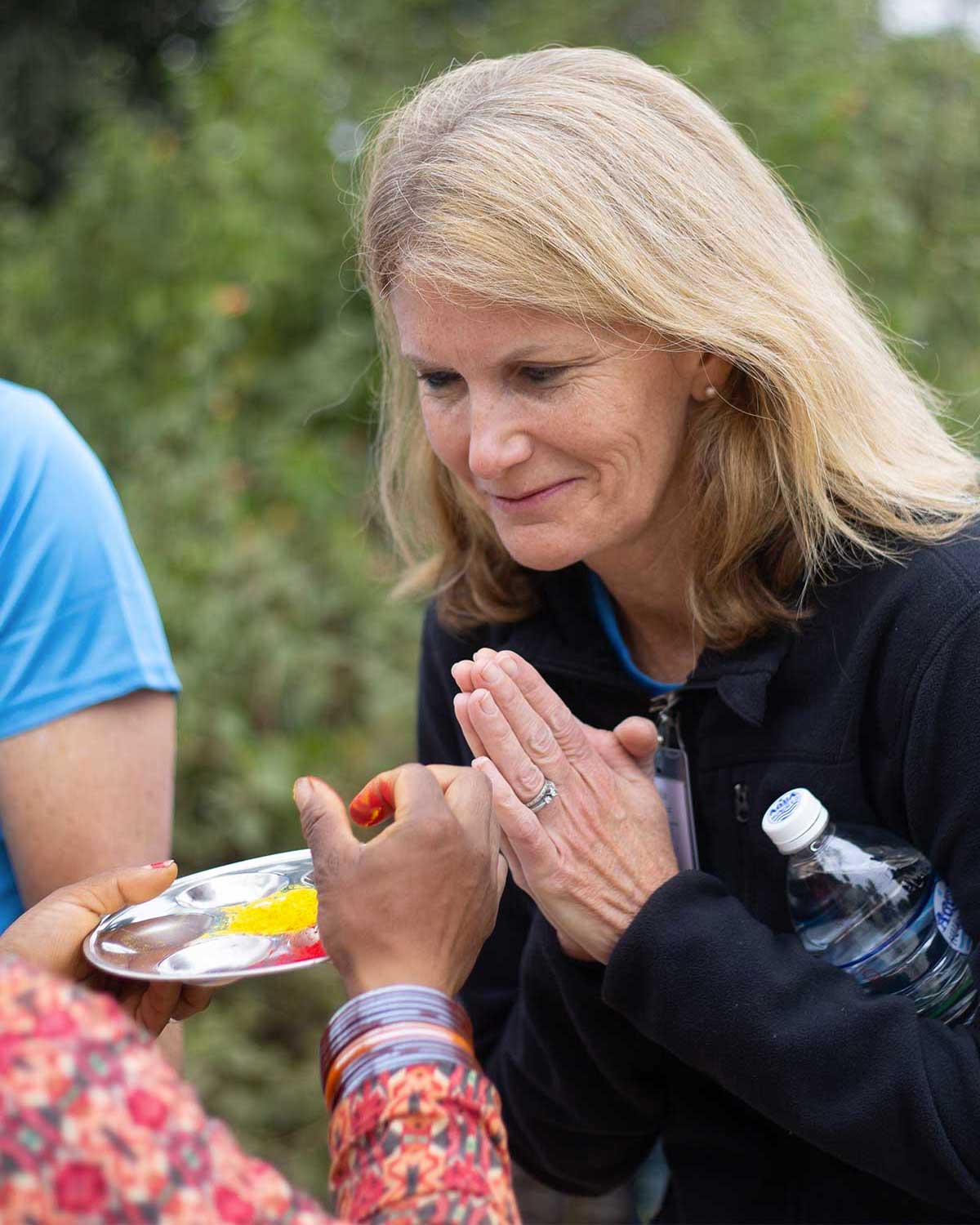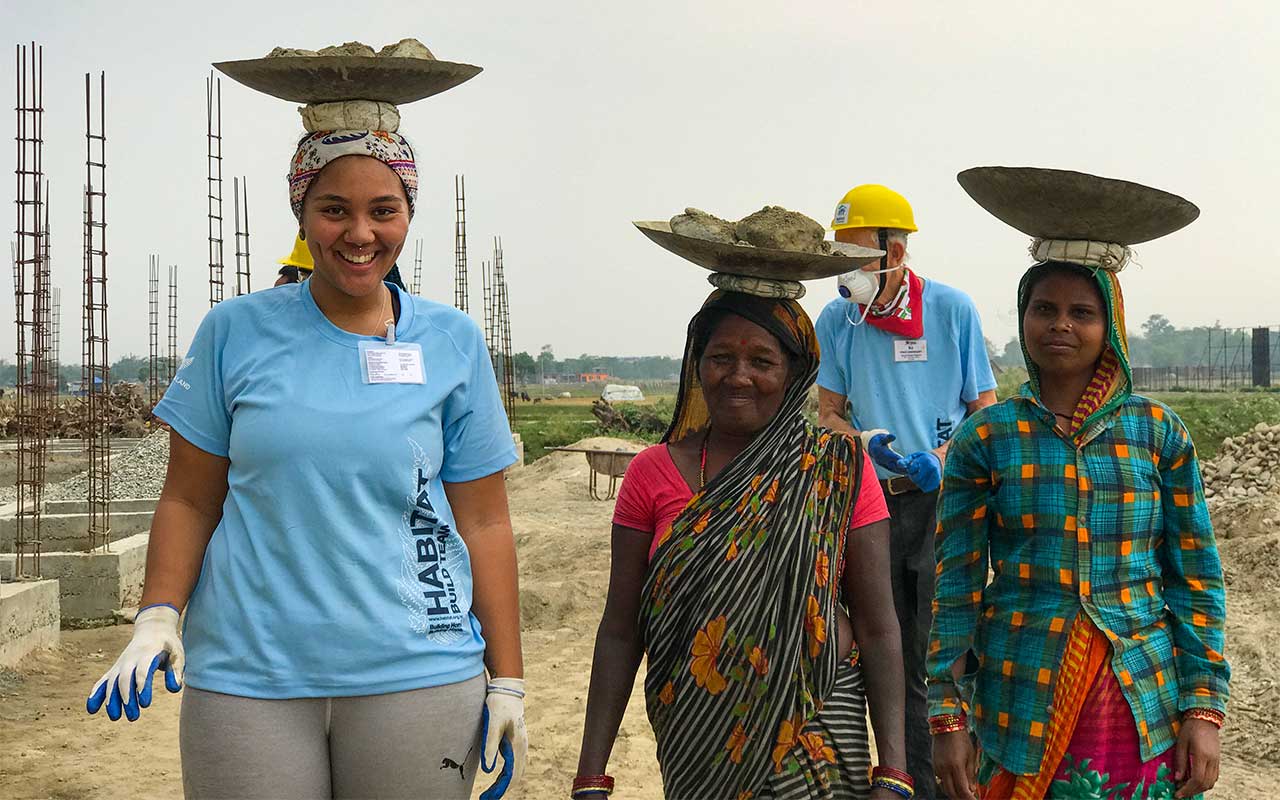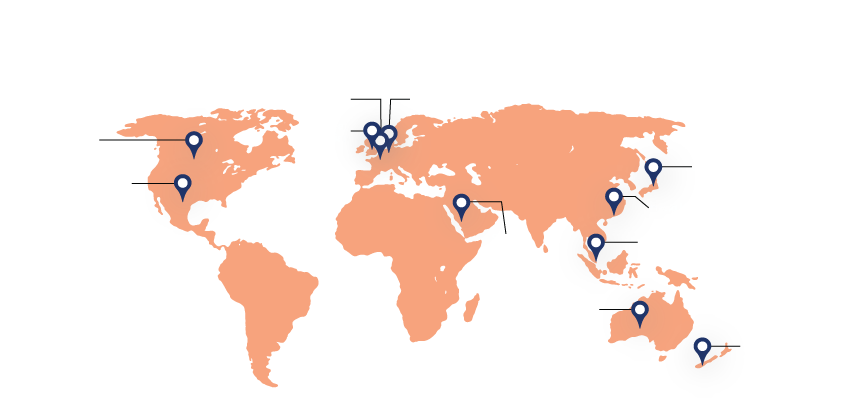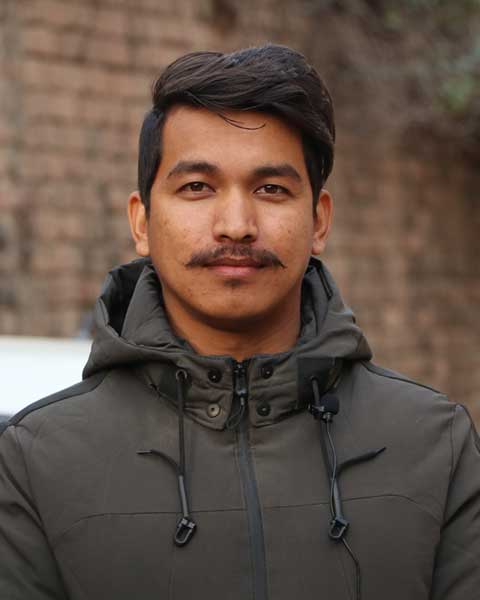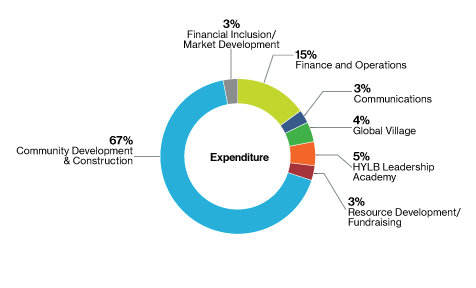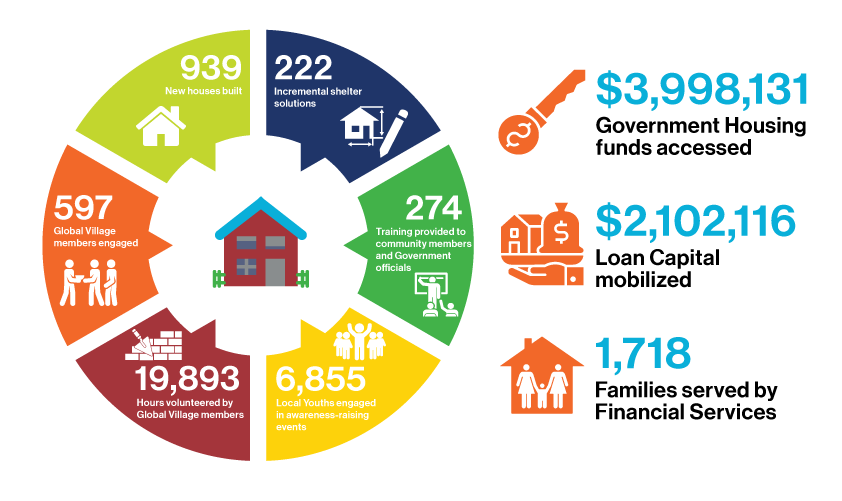Namaste!
Safe shelter is a dream of every parent and particularly felt in a country like Nepal, where the threat of earthquakes, floods and other natural disasters is constant. As the only housing-focused organization in Nepal – where approximately half of all households are in need of improved shelter – Habitat is actively working on expanding its outreach to new geographies and people groups. This past year we were able to extend our work to new locations in the west and east, to serve particularly marginalized ethnic groups such as the landless Haliyas (former bonded laborers), indigenous Santal communities, and flood-affected Tharu families. This growth was spurred by new partnerships with government institutions at both central and local levels that unlocked significant resources to directly subsidize construction costs for these most vulnerable communities. Across Habitat Nepal’s programs, a total of US$4 million in government funds was leveraged for housing built in FY19 alone!


